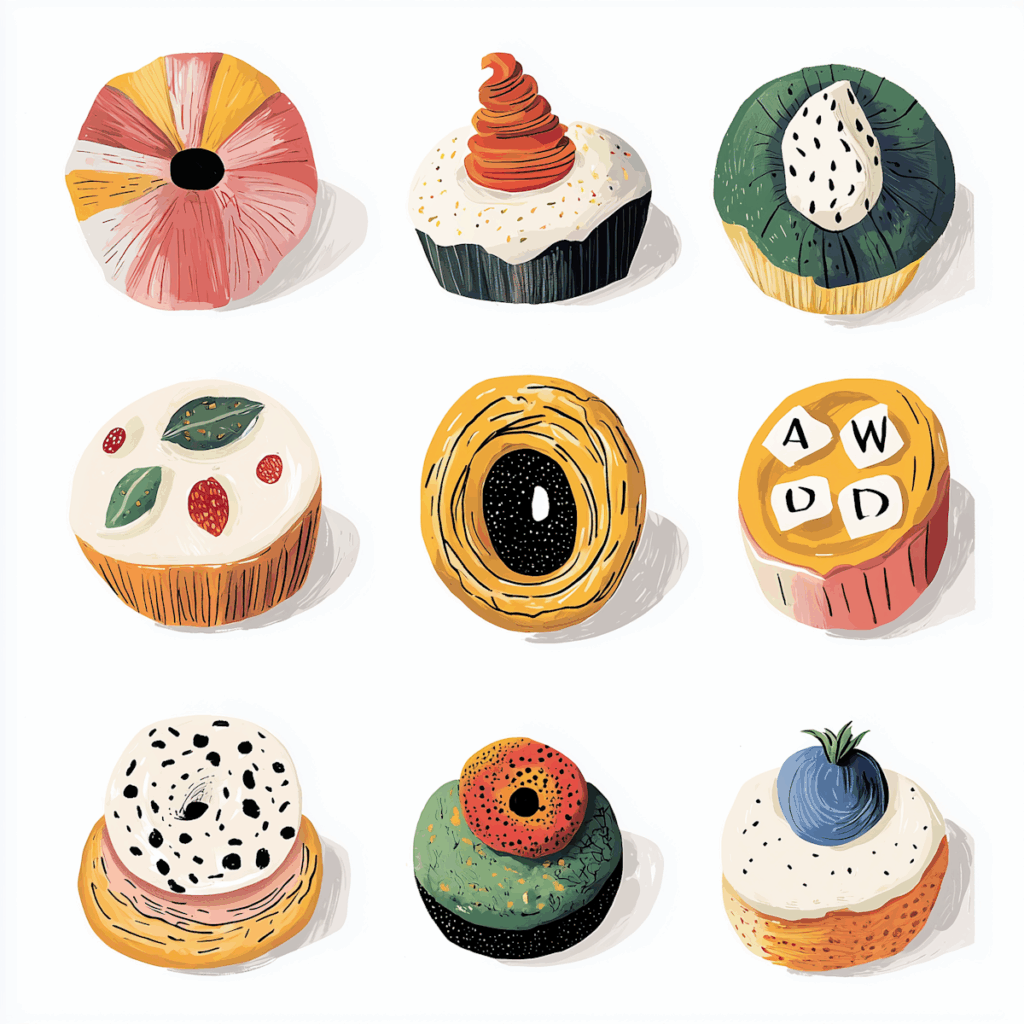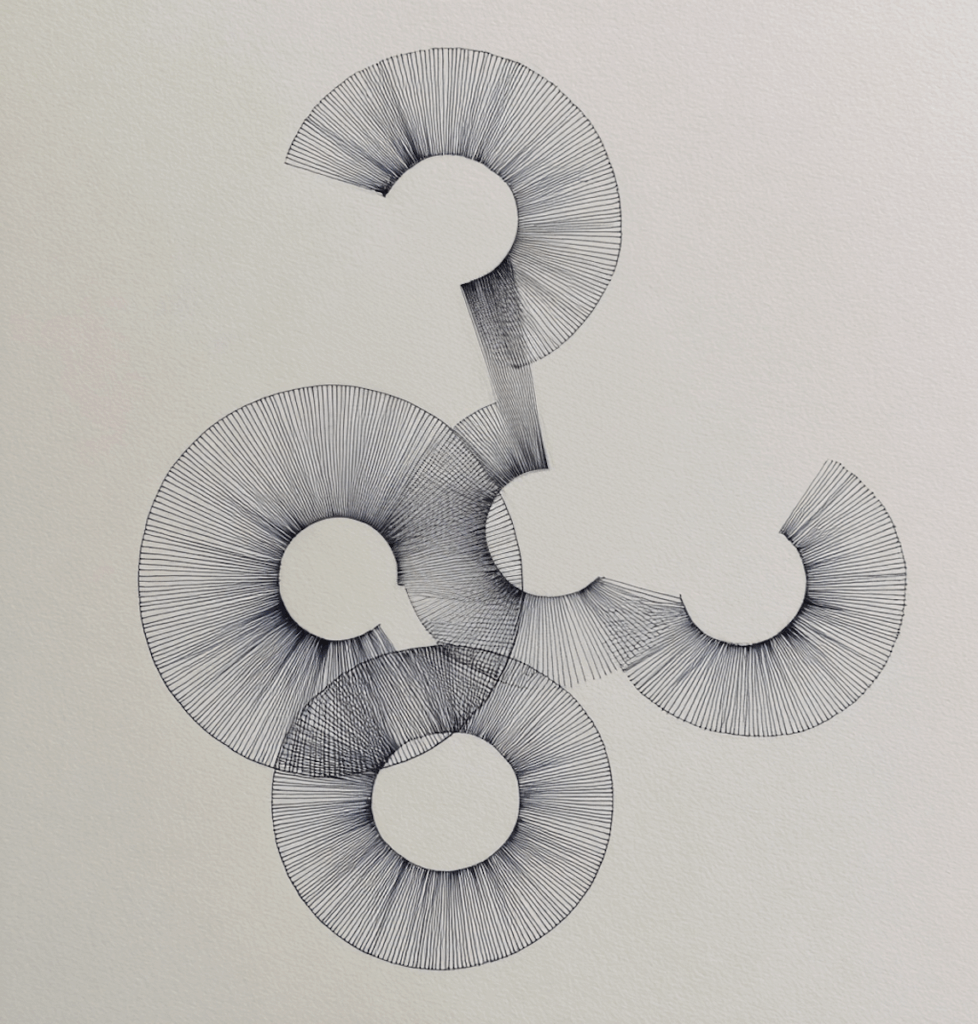
Design is not just what meets the eye; it’s how trust is shaped, tested and sustained. The brands that last understand design as a promise made visible, not decoration for attention.
Trust starts with clarity. In every colour, line and layout, design reflects intent. Great brands don’t chase trends; they build meaning through consistency, honesty and emotional depth, making audiences stay longer and believe deeper.
The Shape of Confidence
Design is a silent agreement between a brand and its audience. It tells people what to expect, before a single word is read. Good work doesn’t need to shout to be seen; it builds comfort through structure, spacing and tone.
A layout that feels considered communicates care. A typeface that matches a brand’s purpose signals alignment. These details, when combined, create the foundation for trust because they show intention. Consumers read the depiction long before they read the copy.
The principles that define this kind of trust-building often include:
- Consistency – Every touchpoint mirrors the same tone and standard.
- Simplicity – Nothing unnecessary distracts from what matters.
- Authenticity – Visuals align with real-world actions and values.
- Accessibility – Good work welcomes everyone, not just a few.
Inconsistent visuals confuse. Overly complex layouts distance people. When everything feels aligned, confidence follows.
Connecting Through Emotion
Design that resonates emotionally makes trust effortless. People react to feeling long before they process logic. A calming colour palette can reduce anxiety. A well-paced animation can reassure users of stability. Every interaction builds memory.
Great brands understand that design is storytelling. It’s not only what is presented but how it makes people feel. A gradient’s softness or a photo’s warmth can communicate care. Fonts, textures and rhythm in visual flow form a language that speaks directly to emotion.
This connection creates familiarity. When audiences feel understood, they return. Trust deepens with every repeated interaction because the experience remains dependable and emotionally rewarding.
Authenticity as the Heart of Design
Authentic brands are built, not assembled. The Helms Workshop design philosophy perfectly captures that, design as a reflection of human connection. It’s about translating brand values into experiences that feel handcrafted, intentional and rooted in truth.
Helms Workshop’s approach is grounded in empathy and precision. Its work avoids uniform templates or detached aesthetics. Instead, it focuses on giving identity to purpose, turning style into something that lives beyond visuals. Whether a bold rebrand or subtle refresh, the result reflects values audiences can trust.
This mindset shows how depiction goes beyond beauty. When a brand expresses clarity through its visual identity, it establishes moral credibility. People notice when style choices are made for them, not for trends.
Such work encourages honesty. It asks what the brand stands for and ensures every choice supports that stance. Authenticity here becomes visual proof, a language that speaks trust through form.
Where Design and Behavior Align
Trust breaks easily when depiction promises something that behavior contradicts. Brands often lose credibility not because of visuals but because those visuals misrepresent their intent. The best systems align ethics, aesthetics and action.
Trust collapses if a brand uses sustainable visuals but doesn’t follow through operationally. When a digital interface suggests transparency but hides key details, credibility erodes. The visual language must reflect the behavioral one.
This is why the most trusted brands integrate design deeply into decision-making. Every interface, email and ad reinforces the same truth. They treat visuals not as art direction but as evidence of their ethics.
In practice, this alignment can look like:
- Transparent UX writing that clarifies, not conceals.
- Inclusive imagery that reflects real audiences.
- Minimal distraction in calls to action, guiding trust through honesty.
Design becomes trustworthy only when it behaves as promised.
Styling for Longevity
Trends fade quickly, but a style built on values outlasts cycles. A trusted brand evolves without losing its essence. The most recognizable logos, layouts and colours persist not because they’re fashionable but because they stay familiar.
Good work anticipates change while maintaining a stable emotional anchor. Consider how certain brands subtly update fonts or hues without erasing identity. These changes show growth, not insecurity. They reinforce a legacy of confidence and adaptability.
Longevity also relies on listening. Brands that adapt based on audience feedback show that design isn’t static; it’s a dialogue. This flexibility turns style into a living trust system, responding to people rather than dictating to them.
Trust, in the end, is visual honesty made sustainable. Design holds that power when it balances aesthetics with intention.
The Visual Language of Belief
Every pixel, every line, every motion says something about integrity. Design that earns trust doesn’t perform; it aligns. It’s not about perfection but purpose. The best brands understand that every decision, from colour palette to tone, creates a contract of belief.
When that belief holds steady, audiences don’t just buy; they belong. Trust is not built overnight, but design is where it begins, one honest choice, one authentic connection at a time.





